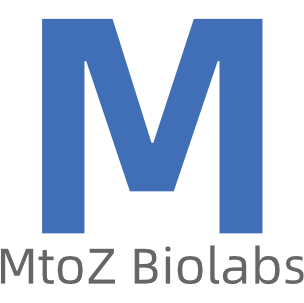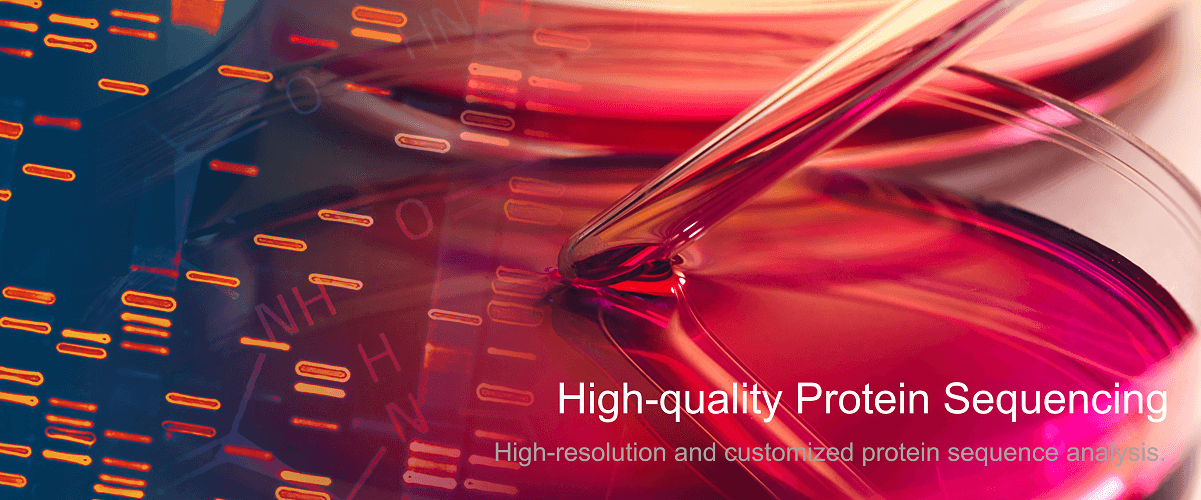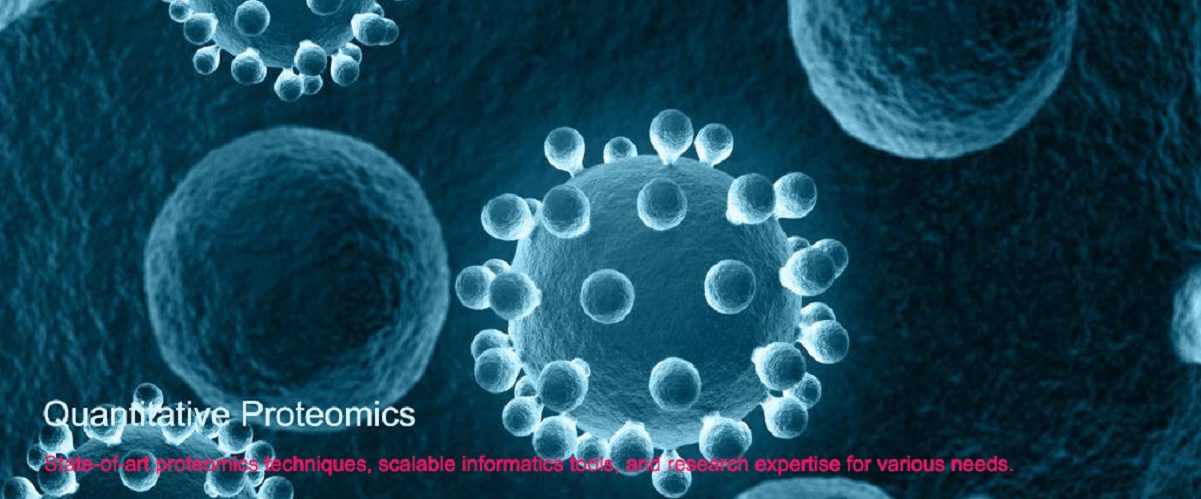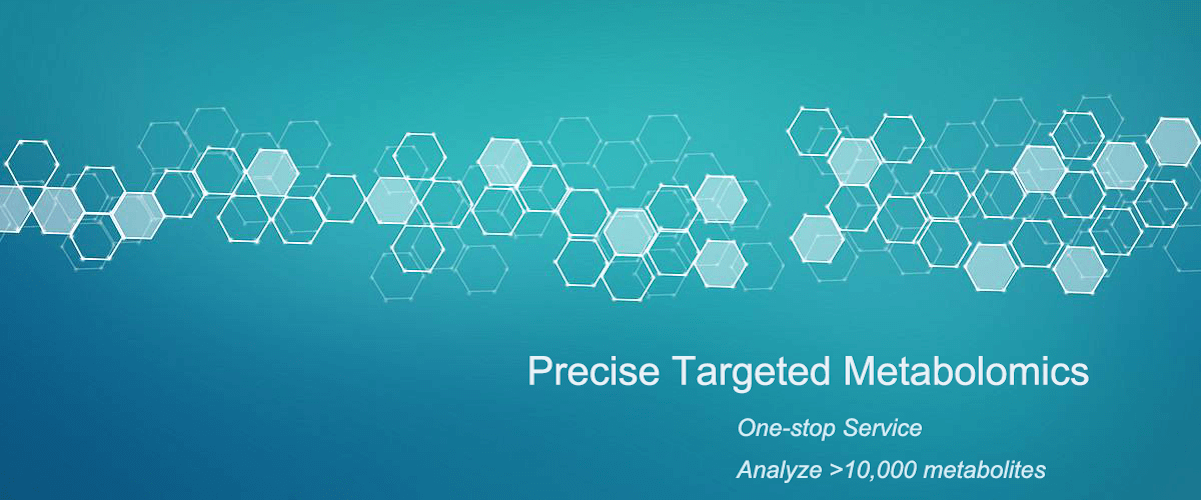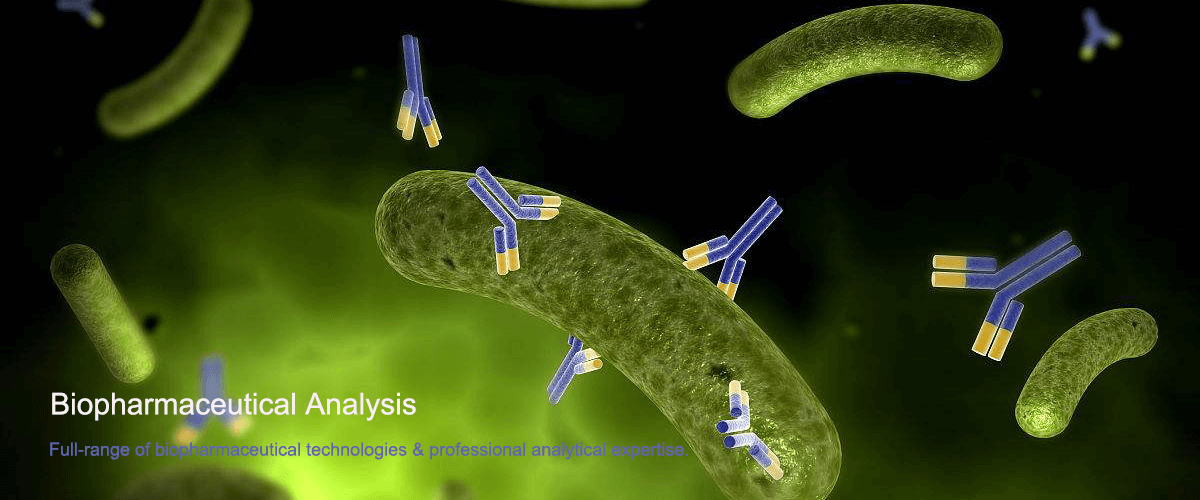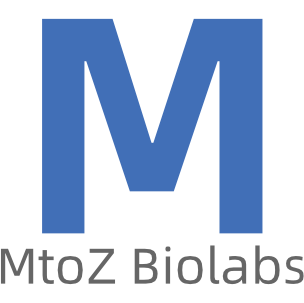Resources
Proteomics Databases
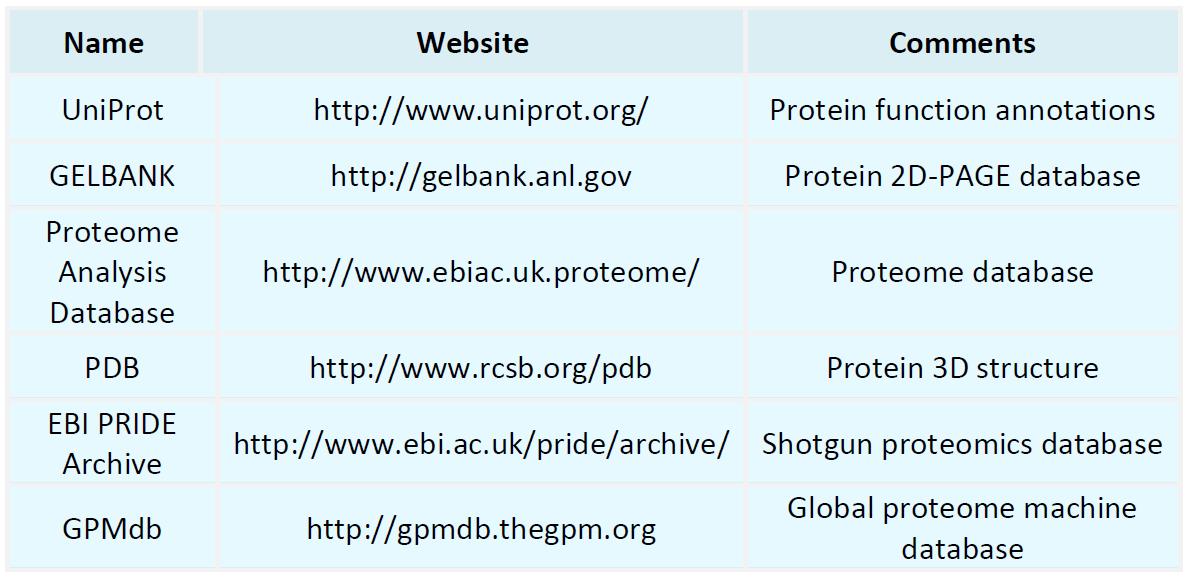
Metabolomics Databases
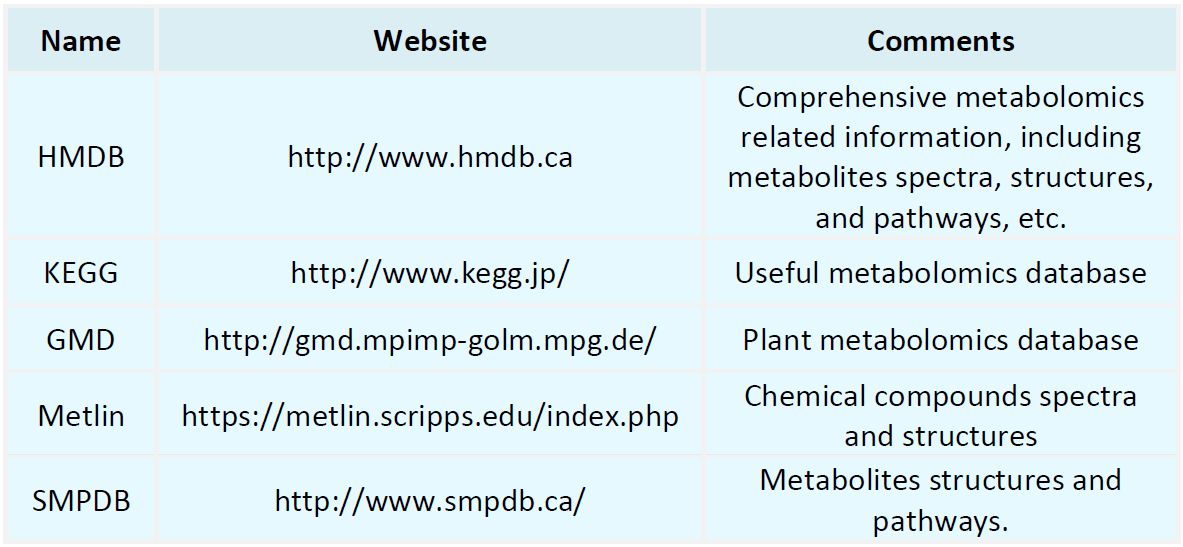
-
PSMs proteomics is an analytical method based on mass spectrometry technology, utilized for the identification and quantification of proteins in complex biological samples. It plays a pivotal role in life science research, with broad applications in areas such as basic research, disease diagnosis, biomarker discovery, and drug development. In basic research, PSMs proteomics enables the analysis of protein composition and dynamics in cells, tissues, and organisms under varying physiological and .......
-
• Protein Structure Analysis in Bioinformatics
Protein structure analysis in bioinformatics is the process of studying and interpreting the three-dimensional structure of proteins using computational methods. Proteins undertake various biological functions in cells, and their structure is closely related to their function. Protein structure analysis in bioinformatics is generally divided into multiple aspects, with the primary focus being the analysis of tertiary and secondary structures of proteins. The structure of proteins includes primary ........
-
O-glycan profiling is a critical analytical approach for studying glycan modifications and their roles in biological processes. Glycan modifications involve the attachment of sugar molecules to proteins or lipids via glycosidic bonds, forming glycoproteins or glycolipids that mediate various biological functions. Among these modifications, O-linked glycans (O-glycans) are a class of glycans covalently attached to the hydroxyl groups of specific amino acid residues, such as serine and threonine. As a........
-
• Metabolite Enrichment Analysis
Metabolite enrichment analysis is a technique used to identify metabolic pathways that are significantly enriched in a given set of metabolites. This method is primarily employed to investigate metabolic alterations in biological systems under varying physiological or pathological conditions by comparing differences in metabolite abundance between experimental and control groups. Metabolite enrichment analysis plays a crucial role in modern life sciences, particularly in metabolomics, drug discovery........
-
SRM proteomics (Selected Reaction Monitoring, SRM) is a highly sensitive mass spectrometry-based quantitative technique designed for the precise detection and quantification of target proteins in complex biological samples. By specifically monitoring selected peptide ions, SRM enables the high-specificity identification and quantification of proteins in complex biological matrices. The fundamental principle of SRM proteomics is the detection of precursor and fragment ions of specific peptides using a mass..
-
Tear proteomics investigates the composition, function, and dynamic variations of proteins in tear fluid through comprehensive qualitative and quantitative analyses. As a physiological secretion, tear fluid not only lubricates and protects the ocular surface but also plays a crucial role in immune regulation, antimicrobial defense, and other physiological processes. With ongoing advancements in proteomics technologies, tear proteomics has become an increasingly valuable tool in ophthalmic research.......
-
Biomarker validation is the process of confirming, through experimental and analytical methods, that a biomarker possesses diagnostic, prognostic, or therapeutic significance in a specific biological condition or disease. Biomarkers, which may include genes, proteins, or other biological molecules, often exhibit variations that correlate with particular diseases or physiological states. The purpose of validation is to ensure the reliability and clinical utility of biomarkers across various applications.....
-
• Microbial Proteomics Analysis
Microbial proteomics analysis involves the comprehensive, high-throughput qualitative and quantitative analysis of proteins in microorganisms using advanced analytical techniques. This field has driven innovations in microbiology, environmental science, medicine, and bioengineering. As one of the most abundant groups of organisms on Earth, microorganisms play essential roles in diverse environments, including ecological systems, the human body, and various industrial applications. The study of microbial....
-
• Multiple Reaction Monitoring Mass Spectrometry
Multiple Reaction Monitoring (MRM) is a mass spectrometry technique designed for the precise and sensitive detection and quantification of target compounds. Recognized for its high selectivity and sensitivity, MRM is particularly effective in identifying and quantifying specific analytes in complex biological matrices. This technique is widely utilized in proteomics, metabolomics, and pharmaceutical analysis. Multiple reaction monitoring operates based on tandem mass spectrometry (MS/MS), selectively ......
-
• Protein-Protein Interactions by Co-Immunoprecipitation
Protein-protein interactions by co-immunoprecipitation is used to study the physical association between a protein and its interacting partners in cells or tissues. This method relies on the use of a specific antibody to capture a target protein, allowing for the co-precipitation of its interacting partners. Protein-protein interactions are fundamental to numerous cellular processes, including signal transduction, metabolic regulation, and gene expression. Co-IP not only facilitates the characterization....
How to order?

